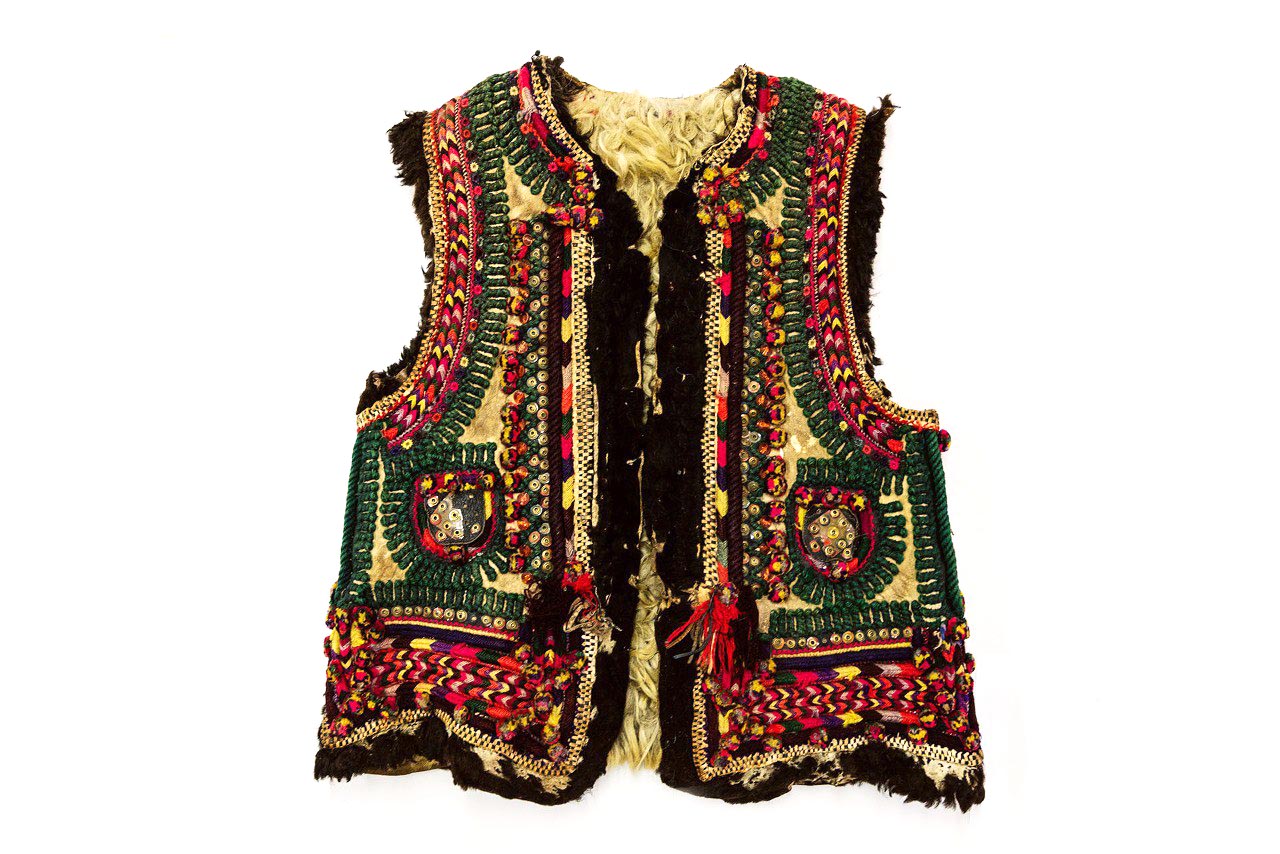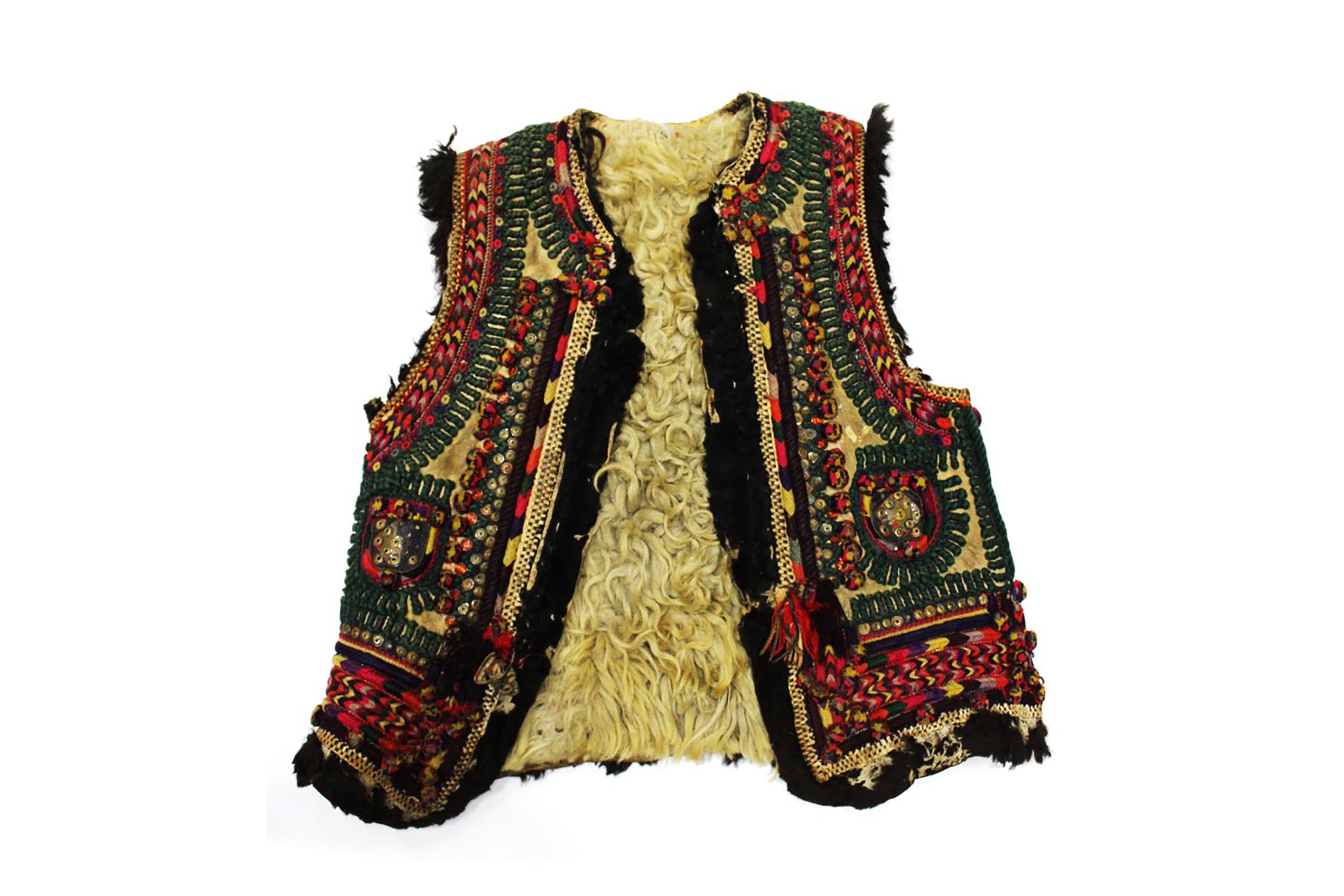The kephtar was handed over to museum specialists during a research trip to the Verkhovyna district of Ivano-Frankivsk region in 2016 by former UPA soldier Oleksiy Sinitovych. In 1942, Oleksiy escaped from labor in Germany and returned to Ukraine, where, with the help of his father, Vasyl Sinitovych, who was in the UPA, he managed to join a youth organization (Youth of OUN) and, in 1944, was mobilized into the ranks of UPA-West (Bilogrud’s platoon).
From 1944 to 1945, Oleksiy Sinitovych participated in battles against the NKVD troops for the Kosmach Republic (a military-administrative entity formed by UPA-West units in Ivano-Frankivsk region) and near the village of Senkivske in the Verkhovyna district of Stanislav (now Ivano-Frankivsk) region. In 1945, he fell ill with typhus. He was arrested on September 13, 1950, and soon sentenced to 25 years in correctional labour camps. He was released in 1956 and, upon returning home, worked in forestry.
On November 13, 1991, he was rehabilitated.
A sleeveless coat of straight cut, featuring a standing collar, half-moon patch pockets, and button closure, with edges trimmed in black wool. Along the sheepskin, the edges of the coat are decorated with intertwined leather strips, followed by red wool that is bordered by green cotton cord teeth. The teeth are located at the bottom and sides of the coat, framing the pockets and collar. Below the coat, between the leather strips and green teeth, there are five rows of "braids" made of multicolored wool. Colorful wool buttons—"tassels"—are sewn onto the braids. The collar, armholes, front, and bottom of the coat are bordered with thin gray-yellow woven strips.

